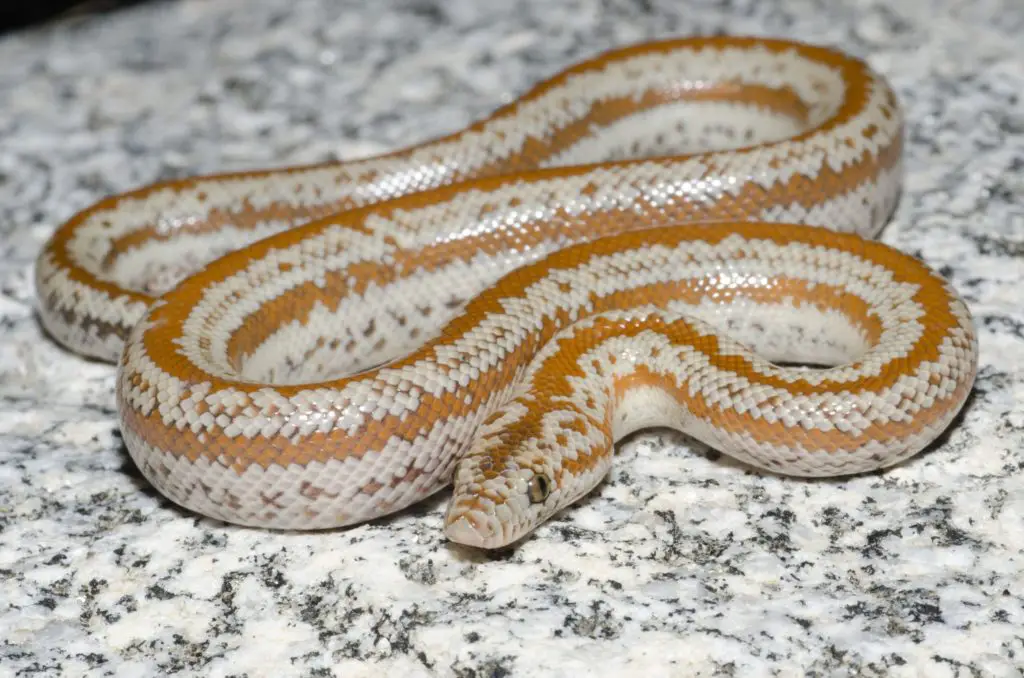Are Rosy Boas good pets? My answer is yes – but I’m quite obviously biased. Let’s take an in-depth look to determine if this is the snake for you…
Last updated on February 1st, 2023 at 09:32 am
Rosy Boas are without a doubt some of the best pet snakes available. They’re small, pretty, docile, and easy to feed. On top of this, they have a long lifespan, often over twenty years. In fact, their only weakness is excessive humidity – get this right and they’re hardy, easy-going captives.
In this post, we’re going to discuss all the questions that people commonly ask about these snakes. We’ll cover what they eat, how big they get, their temperature requirements, lifespan and more. When that’s done, you’ll be able to decide with certainty whether this species of snake is the best one for you.
What do Rosy Boas eat?
Whilst reading, don’t forget that Rosy Boas are now classified as two separate species: Lichanura orcutti and Lichanura trivirgata. These are commonly referred to as the Northern Three-lined Boa and the Three Lined Boa, respectively. The care requirements are identical for both of them.
Though they are most certainly Boas, these snakes are much more slender than their larger relatives, such as the Boa Constrictor, or even Rainbow Boas.
What they do have in common with them, however, is their voracious appetite and willingness to accept a variety of different prey species.
In the wild, Rosy Boas are known to feed on the following animals:
- Lizards
- Nestling birds
- Mice
- Other snakes
- Bats

In captivity, they are no less fussy. They are good feeders that generally don’t do the frustrating fasting periods that adult Ball Pythons do.
As long as they are raised by a reputable supplier, the best diet for captive Rosy Boas is frozen-thawed mice. (By a reputable supplier, I mean one that has fed them an appropriate diet, kept them humanely and euthanised them humanely)
This is pretty convenient when you think about it. Mice are small, cheap and easy to source. They are also a nutritionally complete meal when raised on a healthy diet – no additional vitamin supplements necessary!
As most adult Rosy Boas will only need one adult mouse every 10-14 days, you can literally feed them for $1.50 a week or less.
Food items should be equal in width to the greatest girth of your snake. this could mean small, large or extra large mice depending on how big it gets to when fully grown.
| Age | Food | Frequency |
| Neonate (baby) | pinkie mice/fuzzy mice | every 5 days |
| Subadult | hopper mice/small mice | every 7 days |
| Adult | small, large, or extra large mice | every 10-14 |
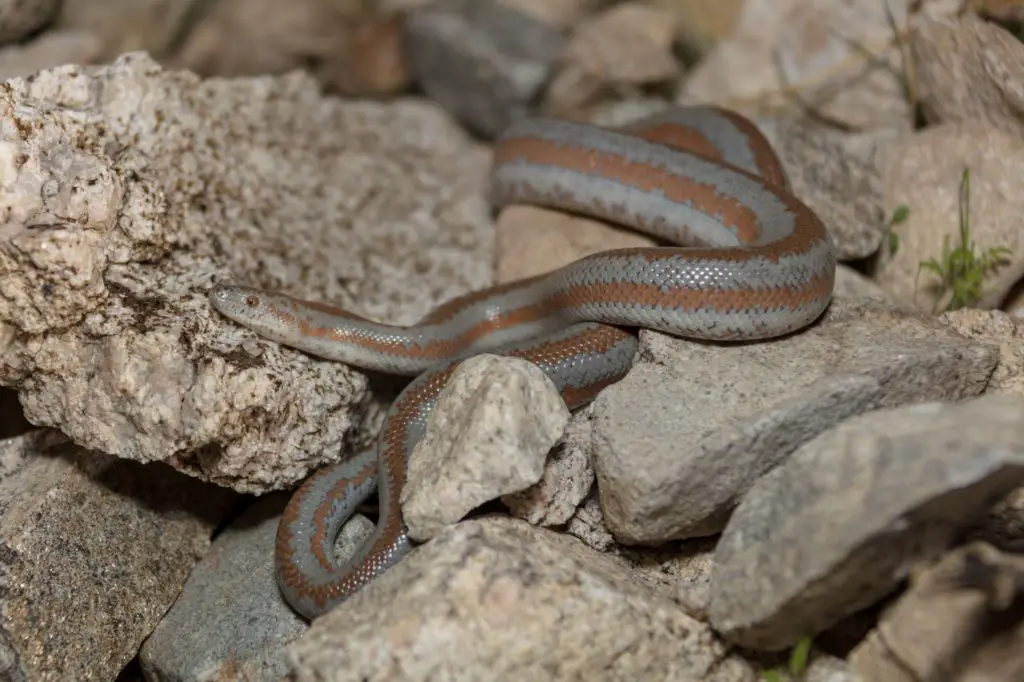
How big do Rosy Boas get?
You could say these are the perfect size snakes for beginners. They’re small, but chunky and slow-moving. This makes them enjoyable to handle because they don’t have the tendency to wriggle around that a lot slender species like Garter Snakes do.
In general, adults of both species start out as 10 -12inch (25-30cm) neonates, then quickly grow to a length of 18-30 inches (45-76cm). Very occasionally, some females reach 40 inches (101cm), but this is rare. As with many snakes, males are a bit smaller than females.
This also influences what size tank they need. If you stick to 10-12inches (25-30cm) long for juveniles, and 24-36inches (60-90cm) for adults your snakes will be perfectly happy.
In fact, the ideal enclosure in my experience is the Exo Terra Medium enclosure that measures 24x18x18inches (60x45x45cm). These are widely available and easy to find online.
Unlike species that require high humidity, mesh tops work fine for Rosy Boas, making this attractive type of setup a viable option. In fact, you should always make sure that whatever enclosure you use for them has adequate ventilation to prevent humidity from getting too high.
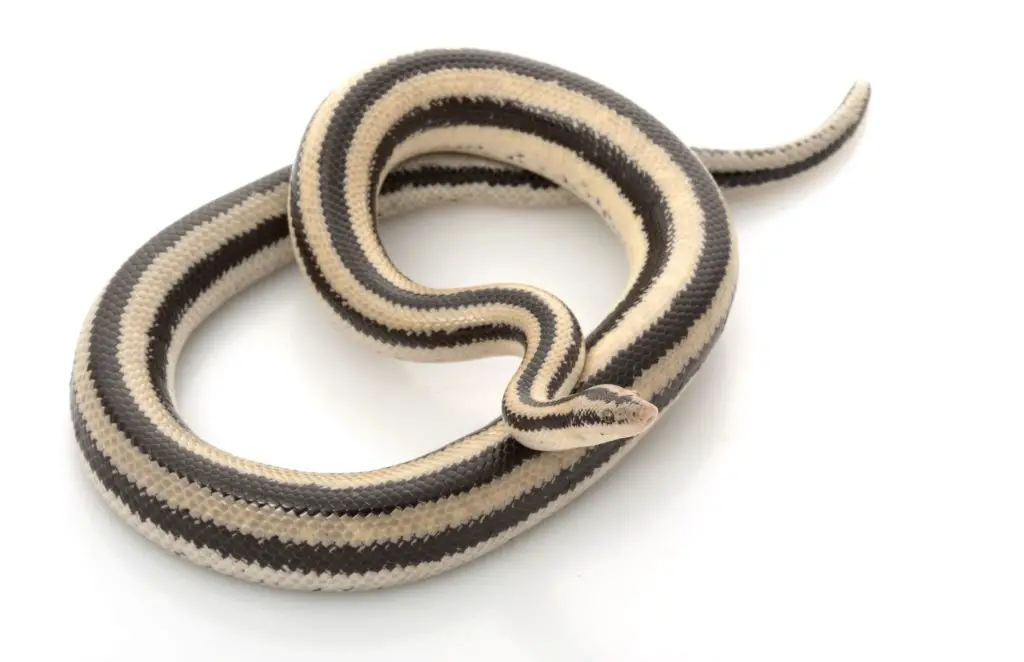
Rosy Boa Temperature
Though they come from the sometimes blisteringly hot North America deserts, Rosy Boas don’t actually like blistering heat! The main reason for this is that the Lichanura species are nocturnal and come out after dusk to forage.
They never experience the extreme heat their distribution area has to offer. Then again, this doesn’t mean they like it cool either…
Just like Ball Pythons, these little boas can utilise their surroundings to regulate their temperature. If they get too warm during the day, they’ll head deeper into a rock crevice. Conversely, during the night they can get warmth from rocks that have retained heat from the sun during the day.
In captivity, this means that you should provide a warm side and cool side to their enclosure so that they can mimic this behaviour.
The easiest way to do this is with a heat mat, or with a ceramic heat emitter. Whichever you choose, you must use a pulse-proportional thermostat to regulate and prevent overheating. You will also need an infrared thermometer gun to double check the temperature as thermostats are often off by a few degrees.
Take a look at the table below for their ideal temperatures:
| Warm end | 90-95F (30-35C) during the day, 80-85F(26-29C) at night |
| Cool end | 75-80F (24-26C) during the day, 70-75F (21-24C) at night |

Rosy Boa Lifespan
Another area where our two mini boas excel is in lifespan. With minimal care, you can expect your pet to live to twelve years old or more. Often, well-kept Rosy Boas will live to the age of 20 or more.
All you have to do to ensure such good innings out of these snakes is maintain the correct temperature, humidity and hygiene. Simple!
In fact, there’s only two things will drastically shorten their lifespan: obesity and excess humidity. Though they have the famous boa appetite, both species have a relatively slow metabolism, and will pack on weight if you feed them more than once every 10-14 days as adults.
When this happens, you can actually see the fat deposits building on their flanks. The end result is generally heart disease, which can drastically shorten their life expectancy.
Likewise, excess humidity increases their susceptility to diseases, in this case Scale Rot and Respiratory Infections. Again, these conditions are completely avoidable, and we’ll take a look at humidity in a moment.
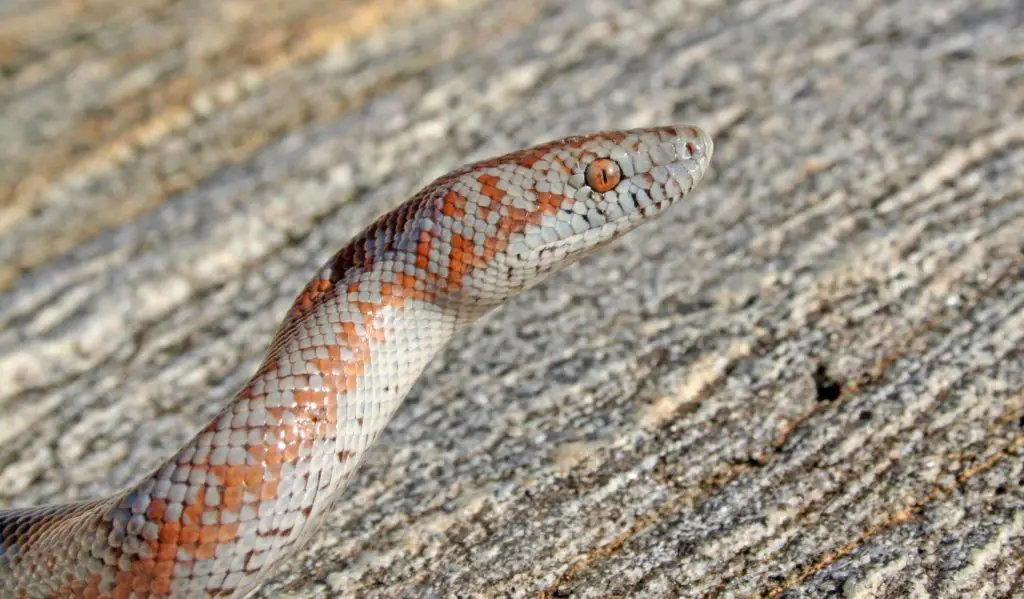
Temperament
Both Lichanura species seem to be very relaxed about handling, allowing you to handle them for five minutes or so without showing any signs of frustration.
All-in-all, they probably have one of the best temperaments of the boa family. That said, you still need to take care when feeding. Just like any snake, an accidental bite is always possible if you don’t use tongs or hemostats to safely give them their food.
For a while, there was a persistent rumor that these snakes were nippy. There’s really no explanation for this because, they are incredibly gentle, docile snakes that would not intentionally bite.
Do Rosy Boas like to be held?
In all honesty, it’s impossible to tell if they like being held, but what is certain is that adult Rosy Boas are incredibly calm, gentle snakes. I’ve kept several over the years, and have yet to encounter a nippy one.
My feeling is that Rosy Boas tolerate gentle handling well, and that whilst we don’t know if they enjoy it, it really doesn’t do them any harm or cause them significant stress so long as it’s only once or twice a week.
As with all snakes, approach them slowly from above, and lifte them with both hands. Always make sure you wash your hands if you’ve been handling rodents, and keep the handling gentle.
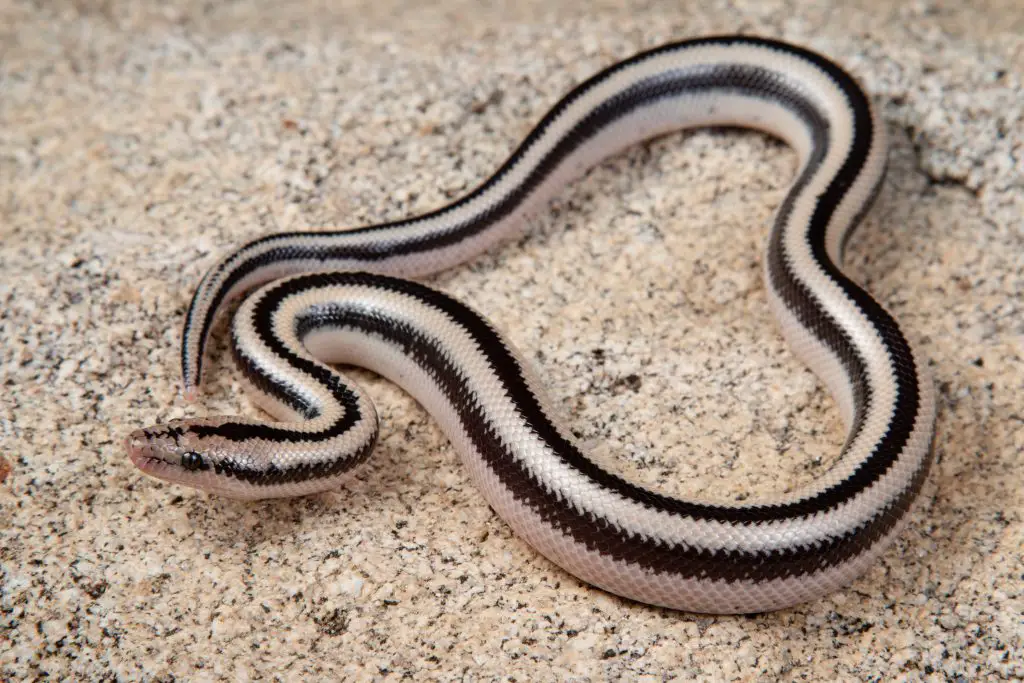
Humidity and water
Being desert dwellers, these snakes have a tendency to drink as much as they can in one go. If they do this after a meal, it can even make them puke – not ideal.
Always provide Rosy Boas with a dish of water for a couple days every week or so, and make sure you do it at least three days before feeding.
When it comes to ambient humidity, it’s important to keep it low to maintain your snake’s health and prevent husbandry-linked diseases. Aim for 30-40% at all times.
If you struggle keeping their humidity low, the two best ways to do this are by increasing ventilation by switching to a mesh-topped enclosure or by using a ceramic heat emitter for heating.
Ceramic heat emitters are great at drying out the air, making them ideal for desert species. Ironically, this is precisely why I avoid using them for humidity-loving species like the Epicrates Boas (Rainbow Boas).
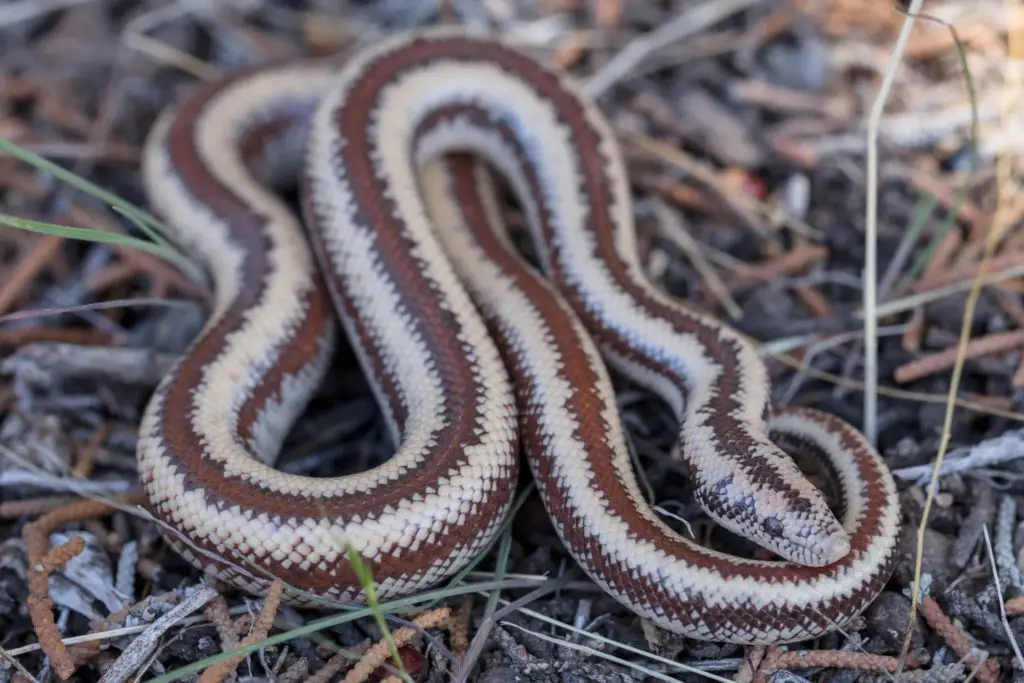
Rosy Boa for Sale
So, this is sadly the main drawback with these snakes: they are less widely available and more expensive than most other small pet snakes.
In the US, you can find them on a regular basis, but usually at a price of around $300. In Europe, they are still scare, and command a similar price, or occasionally a little less. To put this in perspective, you could pick up a Corn snake for $50 or even adopt one for free!
If you do decide that a Rosy Boa is worth the expense (I certainly think so), then the best place to start looking is on Morphmarket, where you can find local breeders, and see what other buyers have to say about them.
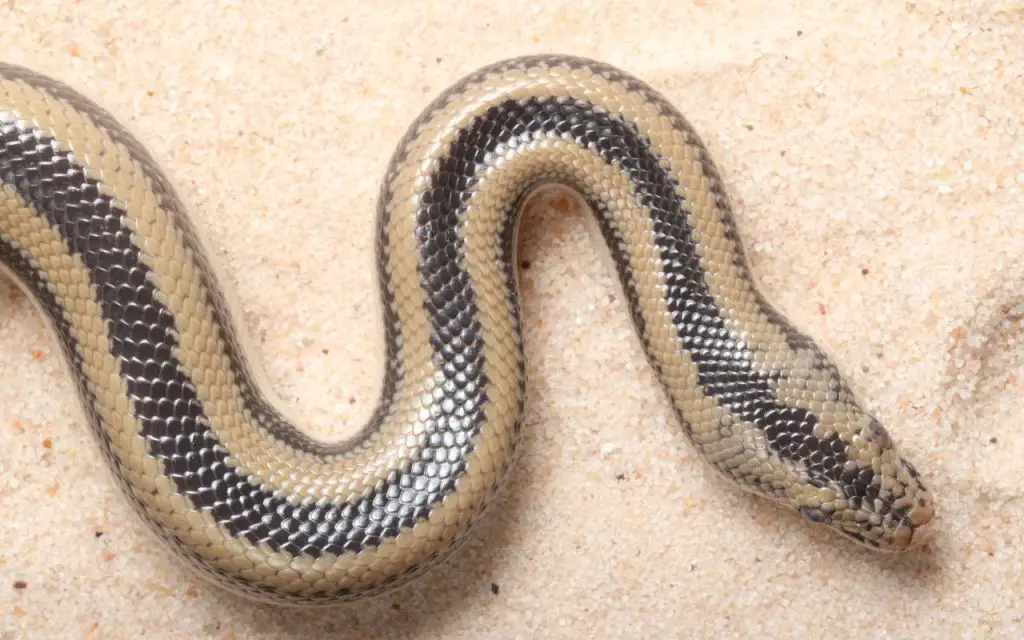
The bottom line
Rosy boas make excellent pets for a variety of reasons. They’re chilled out, long-lived pets that are both cheap to house and to feed.
They only really have two drawbacks: humidity and availability. If you can afford one, and you’re confident you can keep the humidity low enough for it, then they are undoubtedly one of the best pet snakes on the market today.
Rosy Boa FAQ
Are Rosy Boas good beginner snakes?
Rosy Boas are excellent beginner snakes. In fact, in this website’s post on the Top 5 best snakes for beginners, the Rosy Boa comes in at number five.
Really, they are one of the easiest snakes to keep. You just have to make sure you keep their humidity low (roughly 40%), and provide reasonable temperatures for them.
Being nocturnal, they don’t need scorching desert heat: 90-95F (30-35C) on the warm end and 75-80F (24-26C) on the cool will do just fine for daytime temperatures.
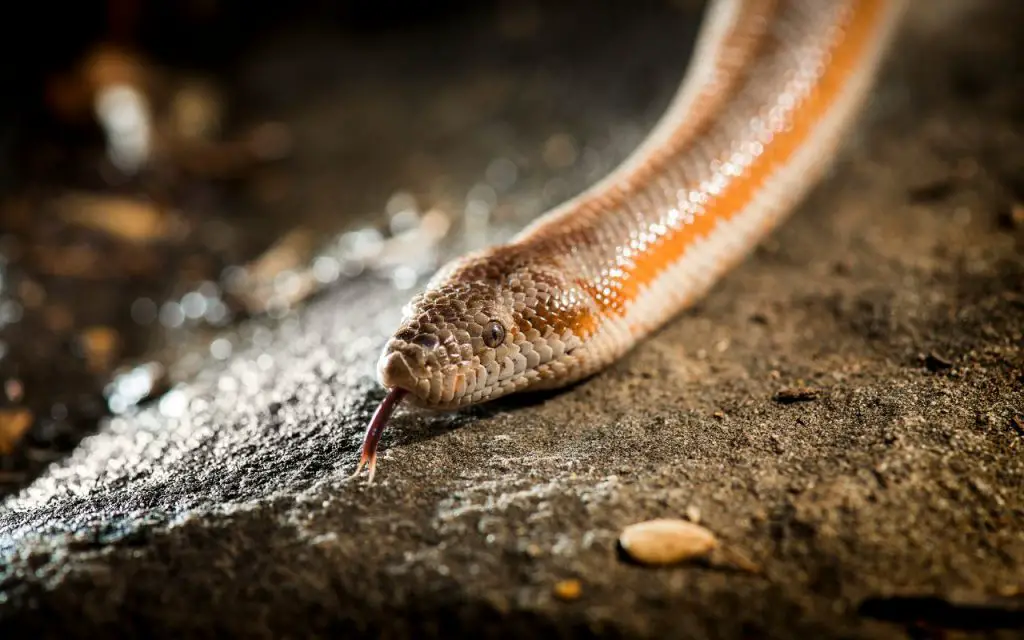
Do Rosy Boas smell?
Rosy Boas do not smell more than any other boa, so long as you maintain a good level of hygiene for them. This means spot cleaning by removing any messes they make right away.
Additionally, you should completely change their substrate and do a deep clean of their enclosure every couple of months to inhibit the growth microbes. Personally, I use F10 veterinary disinfectant for this, and so far it has prevented disease in my collection for over 10 years now.
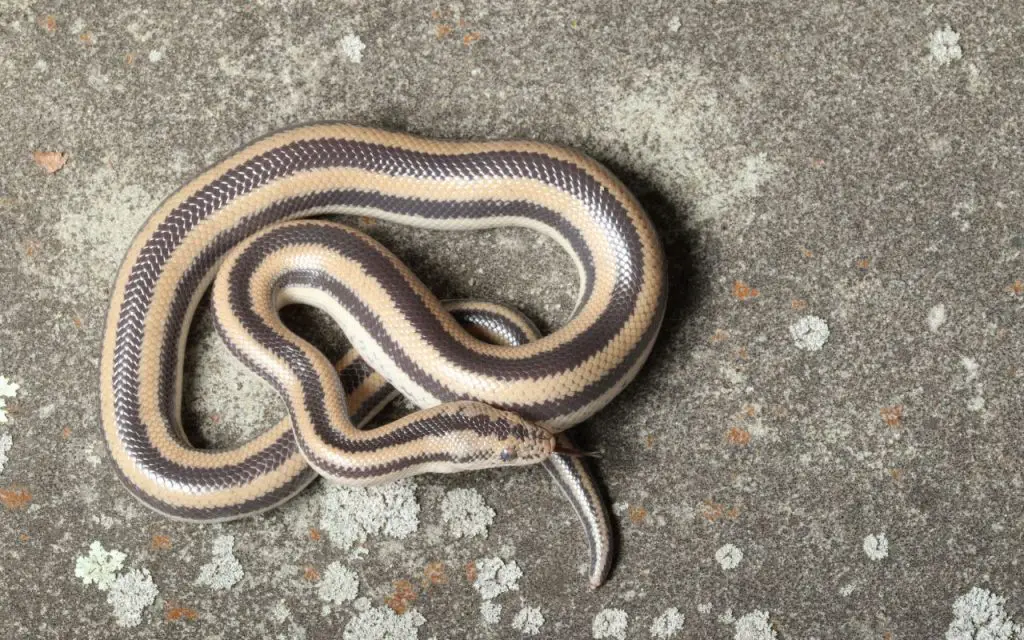
Do rosy boas need heat at night?
Rosy Boas absolutely need heat at night. Their enclosure should have an ambient night time temperature of 80-85F(26-29C) at the warm end and 70-75F (21-24C) at the cool end.
Many websites now claim that their heat source should be turned off at night, saying there’s no sun in the wild at night etc… This is the kind of logic put out there by people who have never gone herping in Arizona!
And of course those that want you to believe that heat lamps are the best way to heat all snakes (they go well with big tanks and generate bigger affiliate sales profits, after all).
The truth is that out west it can get pretty cool overnight, even in the height of summer, and often falls below 70F. This doesn’t mean the Rosy Boas are getting cool though.
They’re cruising rocks and terrain that was heated to over 100F during the day, and it would be pretty foolish to think those rocks and terrain fall to less than 75 – 80F as soon as the sun goes down! Ground temperatures always lag surface temperatures, any farmer or meteorologist can tell you that.
The reality of the situation is that if Rosy Boas get cool during the night, they probably crawl down into a rock crevice that has retained heat from the day. It’s for this very reason that you often see them on tarmac roads, and if you put your hand on one of those roads you can easily feel how warm they.
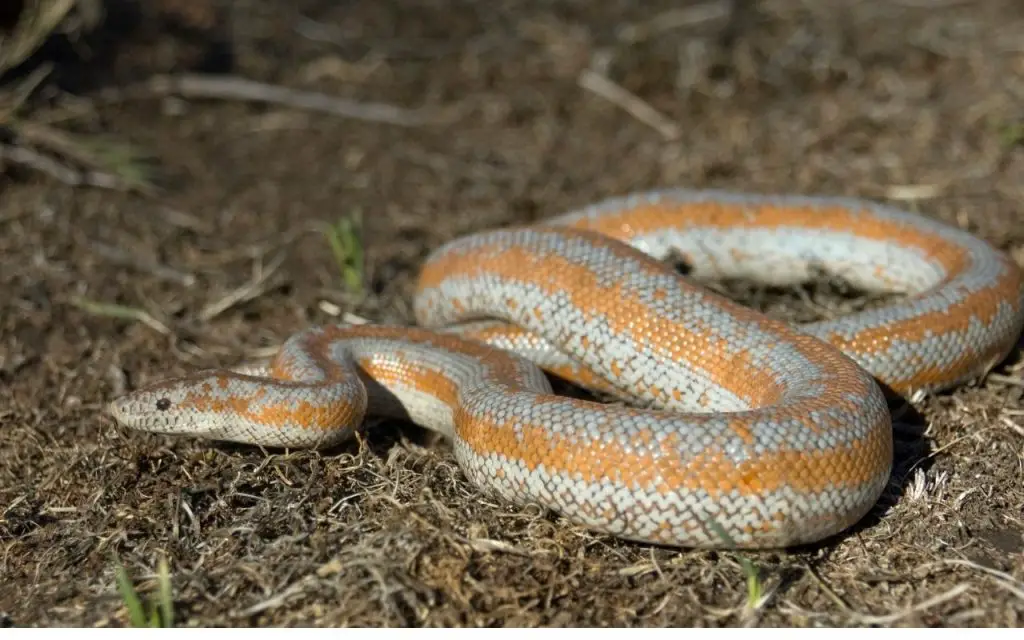
How fast is a rosy boa?
The Rosy Boa is a slow, deliberate snake that probably moves at a rate of under 1 mph (1.60934 kmph) when exploring or hunting. Nonetheless, it’s strike is just as fast as other similarly sized snakes. This would put it somewhere in the region of 3 metres per second, or 160 metres per second squared (ms−2).
Furthermore, just because they’re slow on open ground, it doesn’t mean they’re not great escape artists. Always make sure the lid to their enclosure is securely fastened or they will get out.

